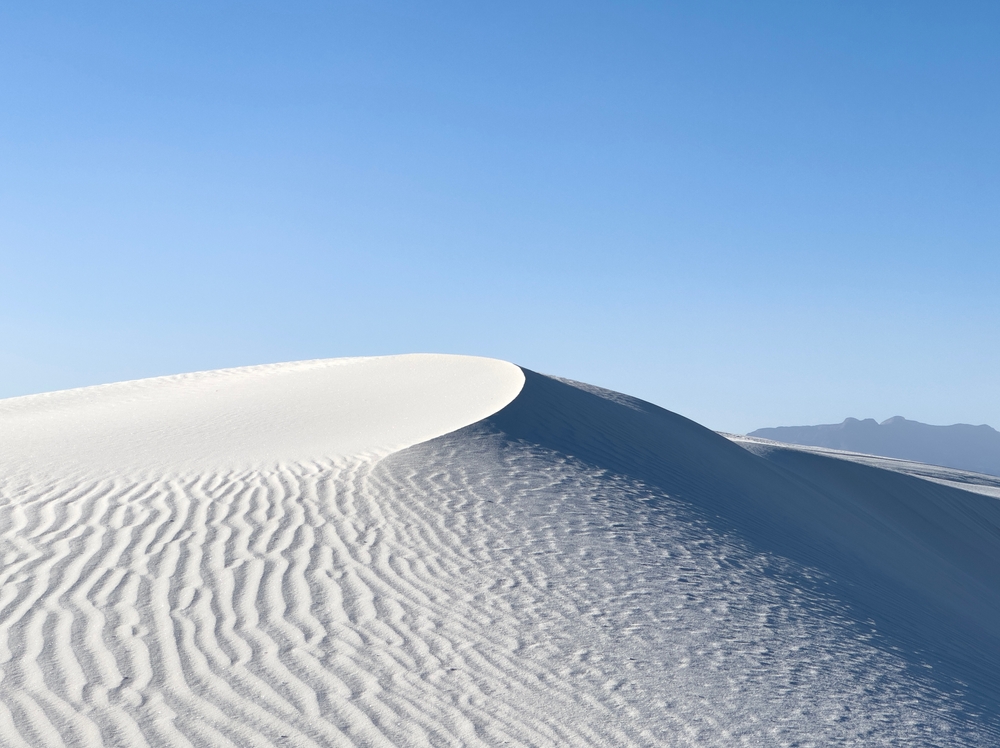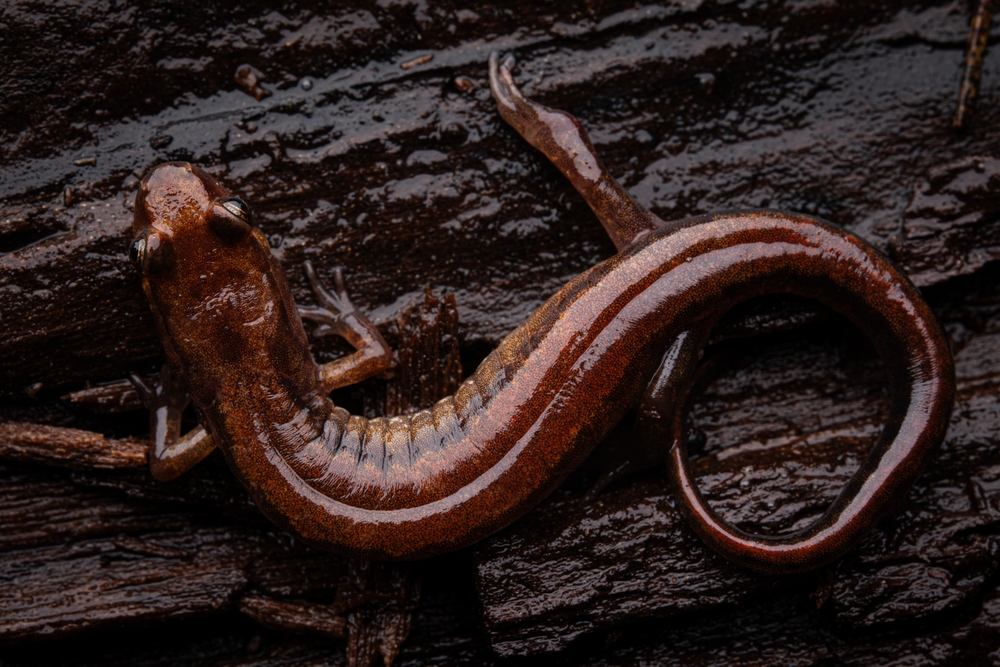Now Reading: White Sands’ Footprints Confirmed as the Oldest Evidence of Humans in the Americas
-
01
White Sands’ Footprints Confirmed as the Oldest Evidence of Humans in the Americas
White Sands’ Footprints Confirmed as the Oldest Evidence of Humans in the Americas

Radiocarbon dating has officially confirmed that humans were present in the Americas 10,000 years earlier than we thought.
Back in 2019, footprints were found at White Sands National Park in New Mexico. At the time, researchers used pollen and seeds to date the footprints to between 23,000 years and 21,000 years ago. These dates were 10,000 years older than the famous Clovis remains that had been the earliest evidence of humans in the Americas for almost a century. This new evidence sent the anthropological community into an uproar, leading many to question the validity of the dating methods.
A new study, published in Science Advances, used a new method to date the footprints — an analysis of ancient mud. This new analysis produced results that confirm the date of the footprints and prove that everything we know about the first North American culture may be wrong.
“It’s a remarkably consistent record. You get to the point where it’s really hard to explain all this away,” said Vance Holliday, a professor emeritus in the School of Anthropology and Department of Geosciences at the University of Arizona, in a press release. “It would be serendipity in the extreme to have all these dates giving you a consistent picture that’s in error.”
Read More: Did Researchers Find 21,000-Year-Old Human Footprints in New Mexico?
The Oldest Footprints in the Americas
It’s understandable that a finding like the White Sands footprints would send shockwaves through the scientific community. Many scientists have been skeptical about using pollen and seeds to date the footprints, claiming that these ancient materials are unreliable. This skepticism led Holliday and his team to use new material — ancient mud — to confirm their original dating estimates.
The team returned to White Sands in 2022 and 2023 to examine the geology of the lake beds in which the footprints were found. At the time the footprints were made, the area was a series of lakes and streams. The footprints were excavated from the bed of what would have been one of these muddy streams.
“It’s a strange feeling when you go out there and look at the footprints and see them in person. You realize that it basically contradicts everything that you’ve been taught about the peopling of North America,” said Jason Windingstad, a doctoral candidate in environmental science, in the press release.
The analysis of the ancient mud did indeed contradict everything we know about the first peoples of North America. Radiocarbon dating showed that the mud is between 20,700 and 22,400 years old. These results match up with the previous dating of pollen and seeds, which place the footprints between 21,000 and 23,000 years old.
Why Do Scientists Question The White Sands Data?
White Sands is a notoriously difficult archaeological site, with ownership being shared between the National Park Service and the U.S. military, which uses portions of the site as a missile range. Much archaeological evidence has also been destroyed due to changes in the environment and landscape over time.
This difficult area has now been dated using three different ancient materials and by three separate, independent labs, which have resulted in 55 consistent radiocarbon dates. Even with this overwhelming amount of evidence, some still do not believe the dates of the footprints to be correct.
The prevailing question scientists have about the White Sands find is: if these footprints are evidence of the first North American culture, why are there no other signs of their presence?
While Holliday admits that the mud dating does not answer this question, he suggests that the footprints are evidence of a trackway that early hunter-gatherers would’ve left quickly while on their way to other locations.
“These people live by their artifacts, and they were far away from where they can get replacement material. They’re not just randomly dropping artifacts,” said Holliday in the press release. “It’s not logical to me that you’re going to see a debris field.”
Read More: Prehistoric Human Footprints and Tracks Hint at a 22,000-Year-Old Transporting Tool
Article Sources
Our writers at Discovermagazine.com use peer-reviewed studies and high-quality sources for our articles, and our editors review for scientific accuracy and editorial standards. Review the sources used below for this article:
-
Science Advances. Paleolake geochronology supports Last Glacial Maximum (LGM) age for human tracks at White Sands, New Mexico
As the marketing coordinator at Discover Magazine, Stephanie Edwards interacts with readers across Discover’s social media channels and writes digital content. Offline, she is a contract lecturer in English & Cultural Studies at Lakehead University, teaching courses on everything from professional communication to Taylor Swift, and received her graduate degrees in the same department from McMaster University. You can find more of her science writing in Lab Manager and her short fiction in anthologies and literary magazine across the horror genre.























